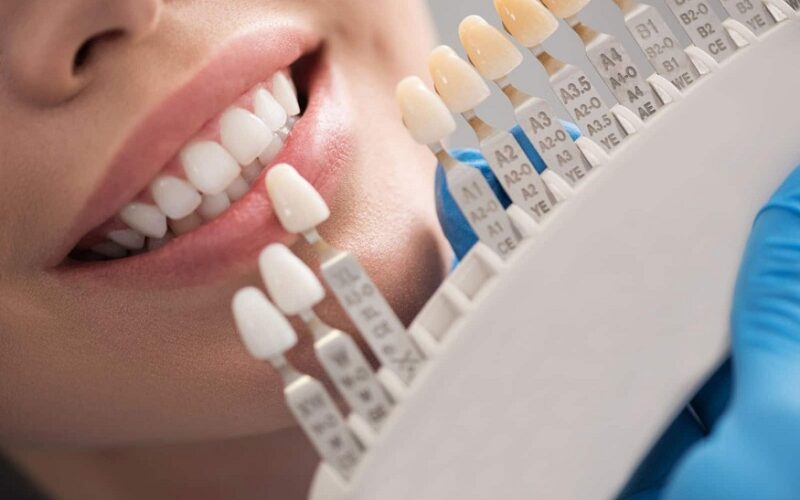A dental crown is a cap that imitates a tooth and snugly fits over your whole tooth. Before gluing your new crown, a dentist may scrape off some enamel to guarantee a correct fit. Crowns are frequently required to address dental decay, discoloration, tooth fracture repair, bruxism, and issues with previous fillings. In addition, dental crowns can connect dental bridges in cases where a patient is missing teeth, strengthen weak teeth following root canal surgery, and create a natural-looking new tooth following the implantation of dental implants.
Dental crowns come in different varieties.This gives you options, allowing you to discuss with your Meridian dentist the crown material you desire for your teeth. Below are the different crown types:
Ceramic crowns or porcelain crowns
Porcelain or all-ceramic crowns most closely resemble tooth enamel compared to other types. They are also an excellent option if you are allergic to metals. Dental lab workers employ a variety of ingredients for the creation of ceramic crowns, although zirconium dioxide is one of the most widely used. Zirconia crowns are more resilient and bear stronger stressesthan other ceramic crown varieties. Additionally, they don’t wear down the enamel on your opposing teeth.
Metal crowns
Gold, chromium, palladium, and nickel are some of the metals used to create dental crowns. Metal crowns are the hardest to wear out, need the least amount of enamel removal, and shatter or chip the least frequently. Additionally, they are resistant to chewing and biting forces.
PFM or porcelain-fused-to-metal crowns
Metal’s strength and porcelain’s natural appearance come together in porcelain-fused-to-metal (PFM) crowns. Your dentist can match the tint of these crowns to your natural teeth.PFM crowns have nearly the same lifespan as metal crowns and can repair teeth on the front and rear.
PFM crowns are strong, yet they have several disadvantages. For instance, with time, the porcelain coating can peel off and reveal the metal underlying. Furthermore, the enamel on your opposing teeth—the teeth that come into contact with your crown when your mouth is closed—may progressively deteriorate if you have PFM crowns.
Resin crowns
Dentists frequently create temporary crowns with resin. Resin-based dental crowns are typically cheaper than other kinds of crowns. However, unlike porcelain-fused-to-metal (PFM) crowns, they are brittle and more prone to break. On average, they stay for three to five years.
Pressed ceramic crowns
There is a firm inner core to a pressed ceramic crown. These crowns are similar to PFM crowns but with a ceramic core rather than a metal one. An expert melts and pushes ceramic at a very high temperature in an oven to create this inner core. They then apply several porcelain layers. Pressed ceramic crowns replicate the translucency of natural tooth enamel, much like all-porcelain crowns do.The disadvantages of PFM crowns and pressed ceramic crowns are the same. With time, the ceramic layers may begin to chip away. They are ideal for front and back teeth.
conclusion
Your particular oral health demands and personal preferences will determine which type of crown is best for you.

